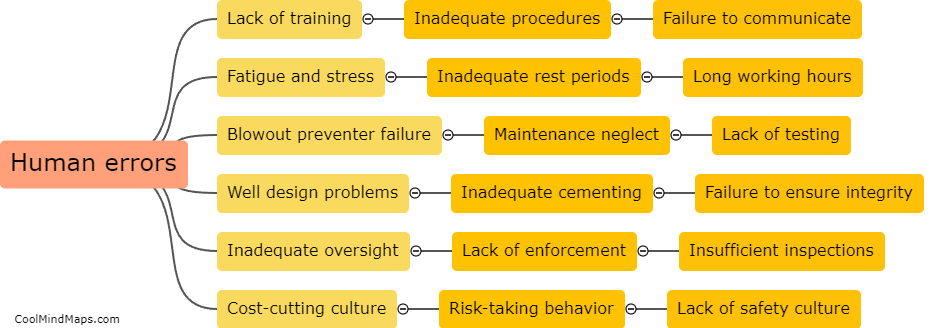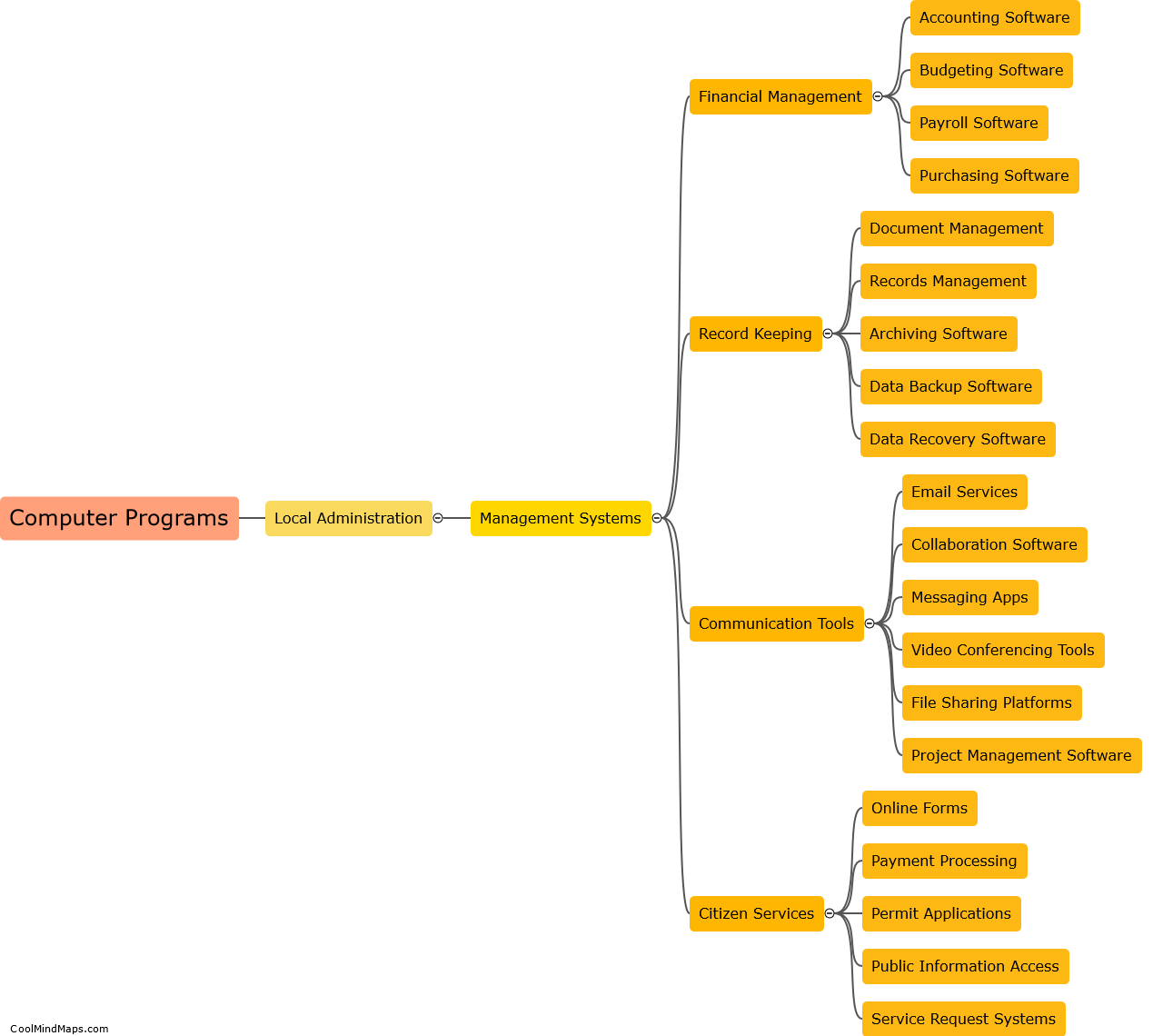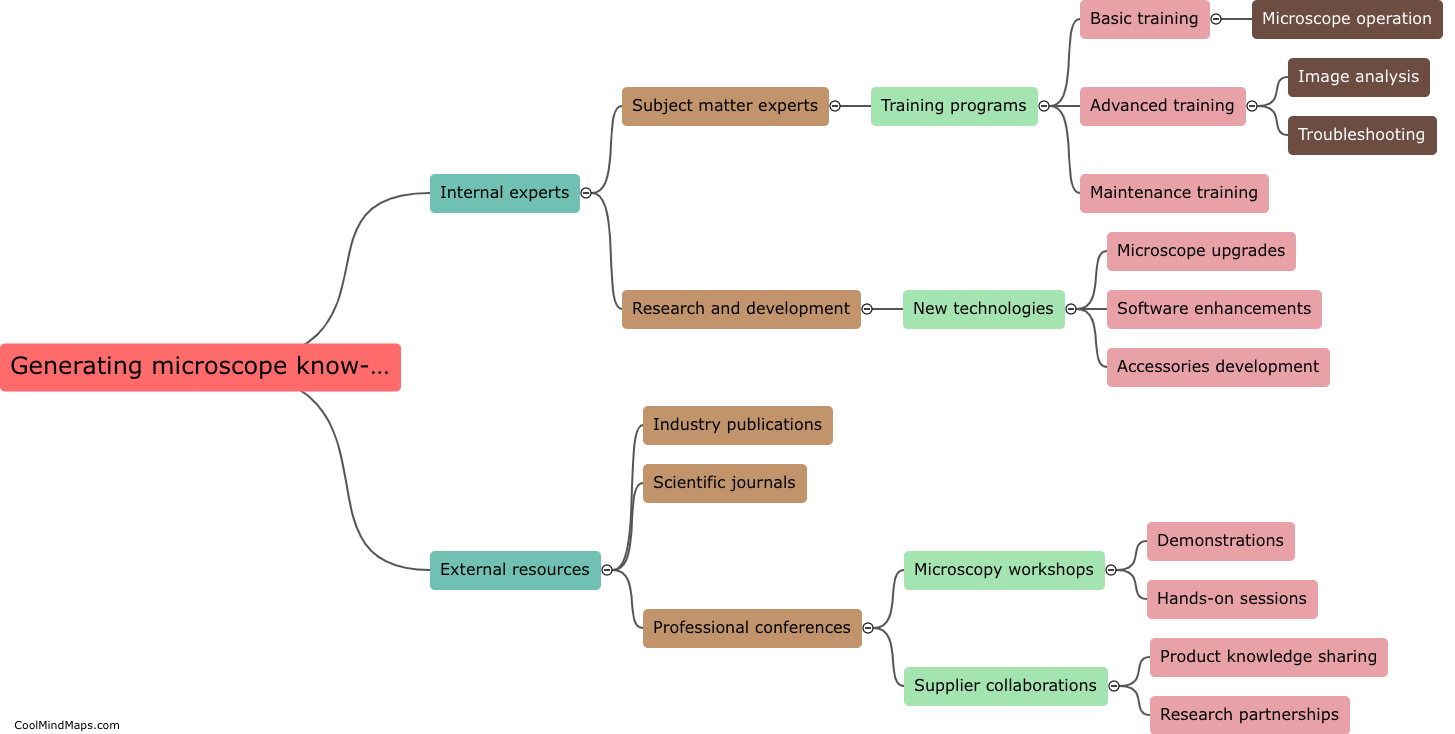What were the key factors contributing to the Deepwater Horizon accident?
The Deepwater Horizon accident, which occurred in 2010, was the result of several key factors that contributed to the devastating incident. One of the primary factors was a failure in the blowout preventer, a critical safety device designed to seal the well in the event of an unexpected pressure release. Additionally, there were deficiencies in the design and maintenance of the cement seals that were supposed to hold back the oil and gas. The lack of proper communication and coordination between the different parties involved, including the oil company, rig operator, and drilling contractor, also played a significant role. A culture of complacency and an overemphasis on cost-cutting and speed over safety further exacerbated the risks. Furthermore, inadequate oversight and regulation by governmental authorities, such as the Mineral Management Service, allowed these factors to persist. Together, these key factors led to the catastrophic failure that resulted in the release of millions of barrels of oil into the Gulf of Mexico, causing extensive environmental damage and loss of human lives.

This mind map was published on 27 November 2023 and has been viewed 86 times.











